IIT, Argonne team designs Li2O-based Li-air battery with solid electrolyte; four-electron reaction for higher energy density
Green Car Congress
FEBRUARY 25, 2023
The battery is rechargeable for 1000 cycles with a low polarization gap and can operate at high rates. The team’s battery chemistry with the solid electrolyte can potentially boost the energy density by as much as four times above lithium-ion batteries, which translates into longer driving range.

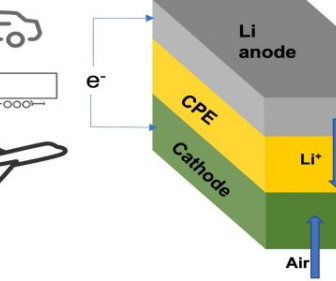








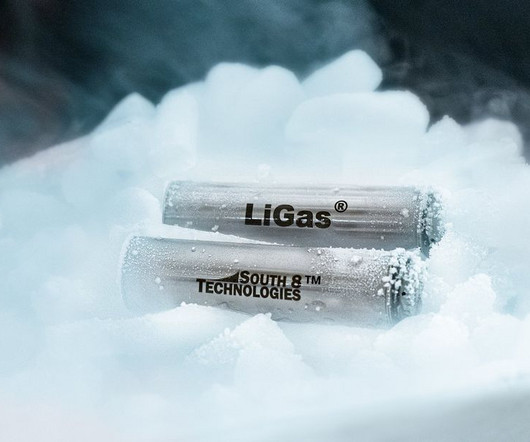













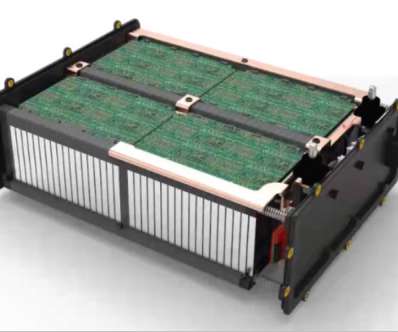




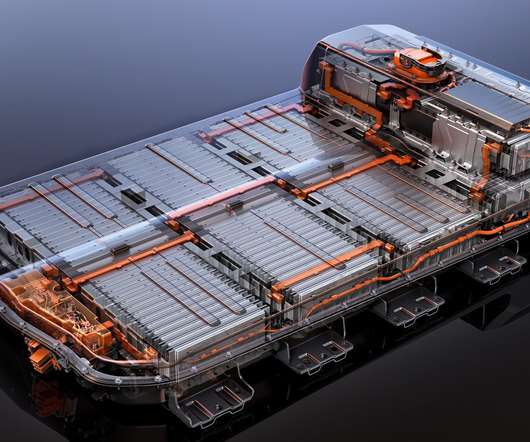

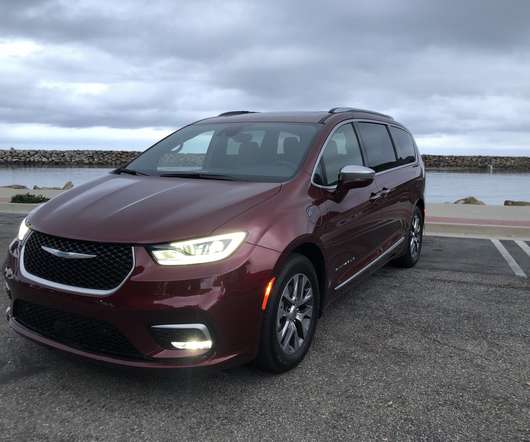

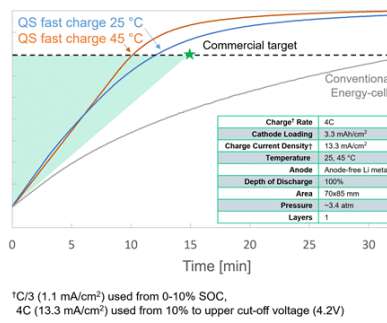







Let's personalize your content